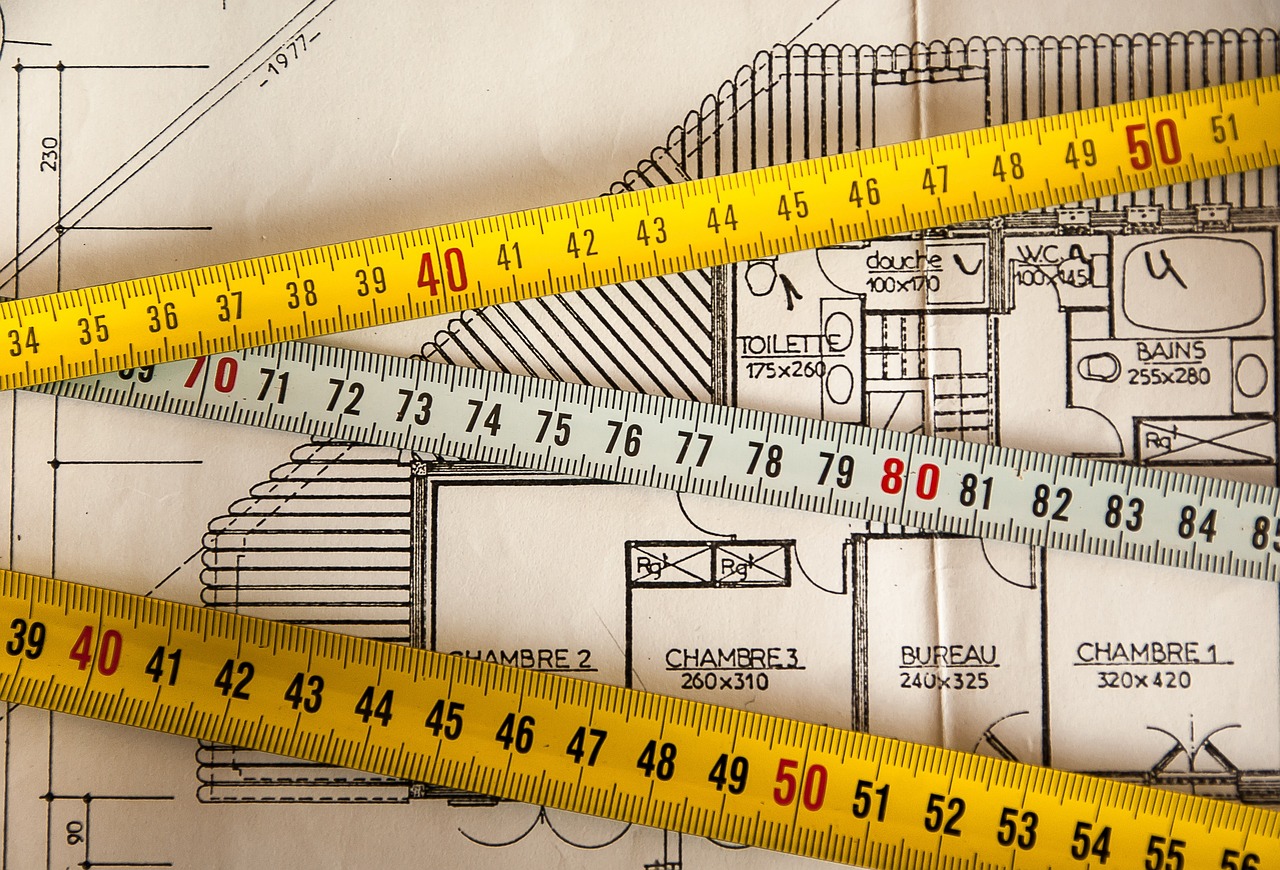Architect Spotlight

-
Table of Contents
- Architect Spotlight: Visionaries Shaping Our Cities
- Zaha Hadid: The Queen of the Curve
- Notable Projects
- Impact on Urban Design
- Norman Foster: The High-Tech Maestro
- Notable Projects
- Impact on Urban Design
- Shigeru Ban: The Humanitarian Architect
- Notable Projects
- Impact on Urban Design
- Jeanne Gang: The Eco-Conscious Innovator
- Notable Projects
- Impact on Urban Design
- Conclusion
Architect Spotlight: Visionaries Shaping Our Cities
Architecture has always played a pivotal role in shaping the identity and functionality of our cities. Visionary architects not only design buildings but also influence the way we live, work, and interact within urban spaces. This article highlights some of the most influential architects who are redefining our urban environments.
Zaha Hadid: The Queen of the Curve
Zaha Hadid, an Iraqi-British architect, was renowned for her futuristic designs characterized by curving forms and elongated structures. Her work has left an indelible mark on modern architecture.
Notable Projects
- Heydar Aliyev Center, Baku: This cultural center is celebrated for its fluid, wave-like design, which challenges traditional architectural norms.
- Guangzhou Opera House, China: Known for its twin boulder design, this opera house integrates seamlessly with its riverside location.
- London Aquatics Centre: Built for the 2012 Olympics, this structure features a distinctive wave-like roof.
Impact on Urban Design
Hadid’s designs often incorporate public spaces that encourage social interaction. Her innovative use of materials and forms has inspired a new generation of architects to think beyond conventional boundaries.
Norman Foster: The High-Tech Maestro
Norman Foster, a British architect, is a leading figure in high-tech architecture. His designs emphasize sustainability, technology, and modernity.
Notable Projects
- 30 St Mary Axe (The Gherkin), London: This iconic skyscraper is known for its energy-efficient design and unique shape.
- Millau Viaduct, France: The tallest bridge in the world, it showcases Foster’s ability to blend engineering prowess with aesthetic appeal.
- Apple Park, Cupertino: This circular headquarters is a model of sustainable design and innovation.
Impact on Urban Design
Foster’s work often integrates advanced technology and sustainable practices. His designs prioritize energy efficiency and environmental responsibility, setting new standards for urban development.
Shigeru Ban: The Humanitarian Architect
Shigeru Ban, a Japanese architect, is known for his innovative use of materials and commitment to humanitarian causes. His work often addresses social and environmental issues.
Notable Projects
- Cardboard Cathedral, Christchurch: Built as a temporary replacement for the earthquake-damaged Christchurch Cathedral, this structure uses cardboard tubes as its primary material.
- Paper Log Houses: These temporary shelters, made from paper tubes, have been used in disaster-stricken areas around the world.
- Centre Pompidou-Metz, France: This museum features a distinctive roof inspired by a Chinese hat, showcasing Ban’s innovative design approach.
Impact on Urban Design
Ban’s work emphasizes the importance of sustainability and social responsibility in architecture. His use of unconventional materials and focus on disaster relief have made significant contributions to humanitarian architecture.
Jeanne Gang: The Eco-Conscious Innovator
Jeanne Gang, an American architect, is celebrated for her environmentally conscious designs and innovative use of materials. Her work often explores the relationship between architecture and the natural environment.
Notable Projects
- Aqua Tower, Chicago: This skyscraper features undulating balconies that create a unique, wave-like appearance and improve energy efficiency.
- Arcus Center for Social Justice Leadership, Michigan: This building uses sustainable materials and design principles to create a space that fosters social change.
- Solstice on the Park, Chicago: This residential building is designed to maximize natural light and reduce energy consumption.
Impact on Urban Design
Gang’s work highlights the importance of sustainability and environmental stewardship in architecture. Her designs often incorporate green spaces and energy-efficient features, promoting a more sustainable urban future.
Conclusion
The architects highlighted in this article have made significant contributions to the field of architecture and urban design. Their innovative approaches and commitment to sustainability, technology, and social responsibility are shaping the cities of tomorrow. As we continue to face global challenges, the work of these visionaries will undoubtedly inspire future generations to create more resilient and sustainable urban environments.